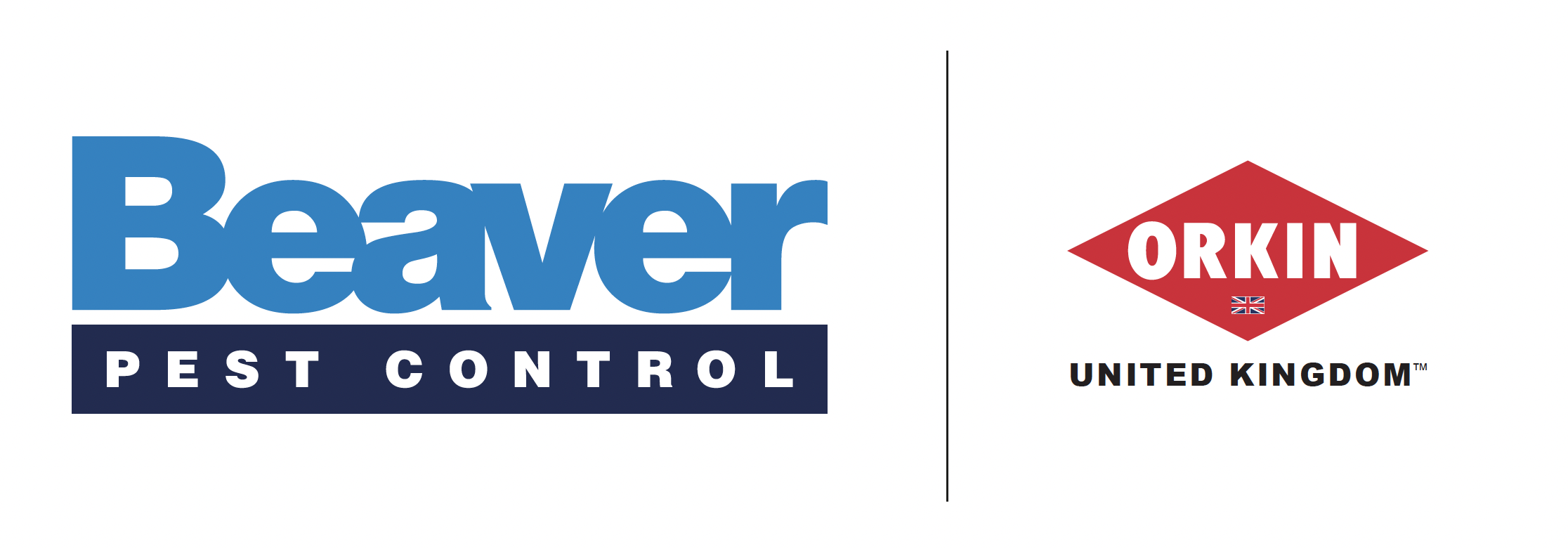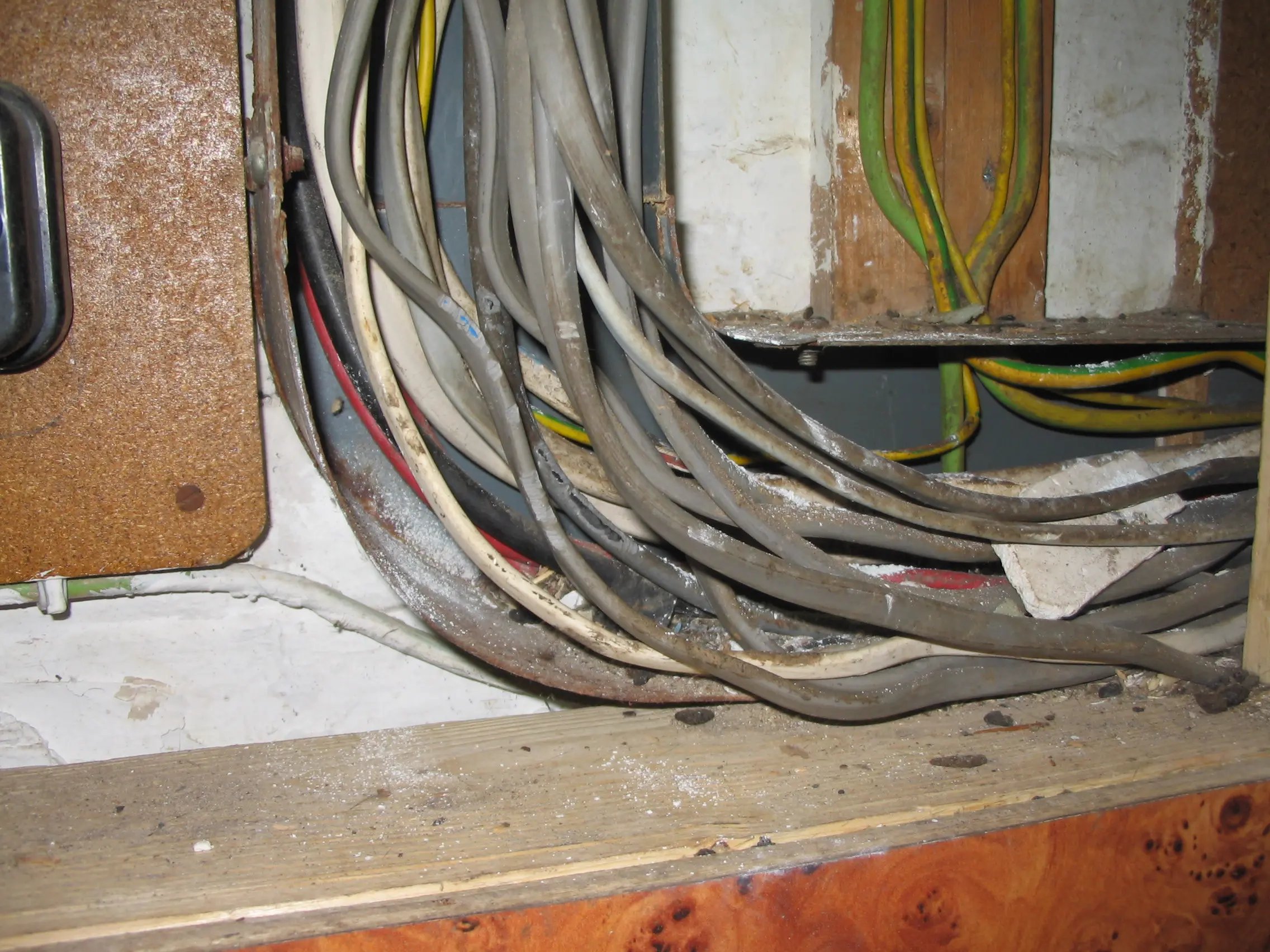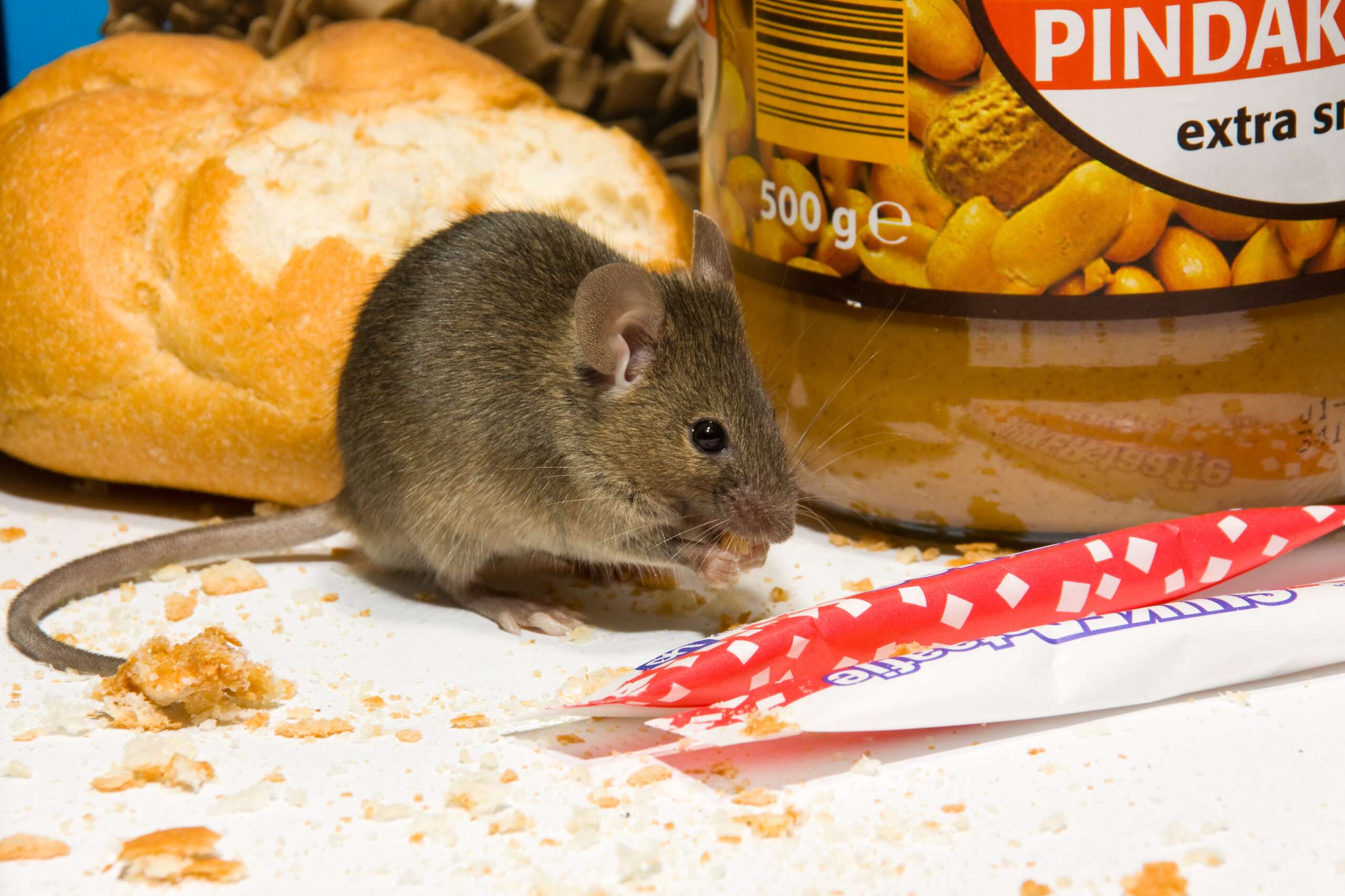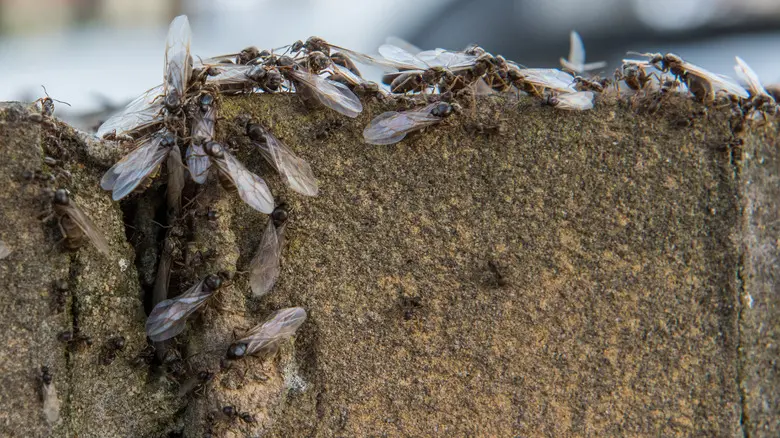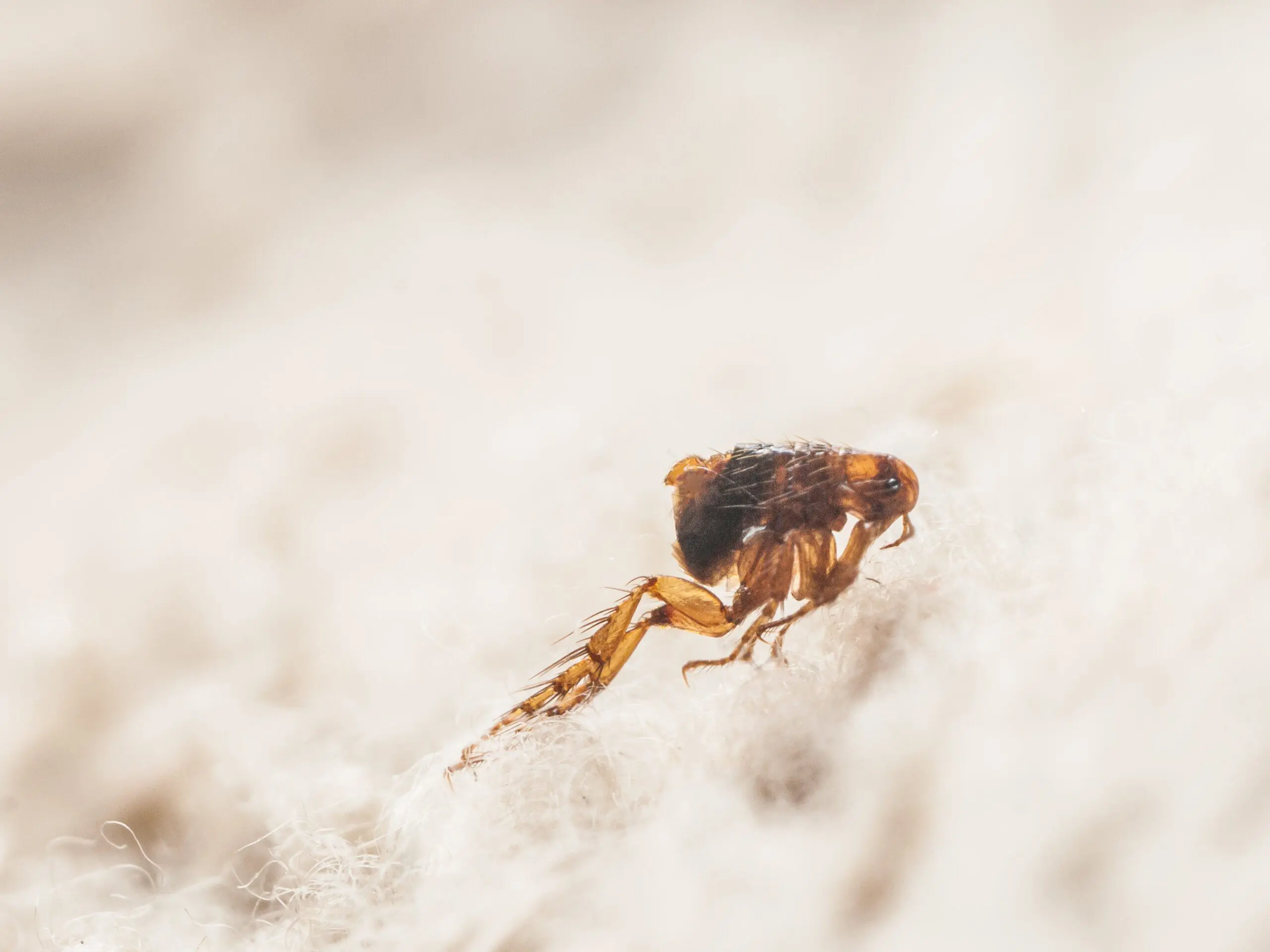Oak Processionary Moth control
keep your trees safe from oak processionary moths
Let's talk about your pest problem. Call Beaver Pest Control London on 0208 355 3443
Fast and effective Oak Processionary Moth control for London & the South East
Oak processionary moth is native to southern Europe and is becoming more common in parts of London and the South East. The caterpillars of the oak processionary moth infest oak trees, defoliating the tree and leaving it vulnerable to other threats. The main concern comes from the caterpillar's hairs which can cause irritation to the skin and allergic reactions. Only those who have undergone specialist training should attempt to remove an infestation.
HOW TO GET RID OF OAK PROCESSIONARY MOTHS
NEXT STEPS
Our helpful, friendly teams are here to help you at each step of your journey to a pest free home.
1. Dedicated Customer Service
We are always available for advice and offer 24/7 out of hours phone line for urgent requests.
2. Survey
One of our expert surveyors will attend the property to assess options for treatment and discuss with you how to proceed.
3. Treatment
One of our experienced, specialist trained technicians will carry our treatment in line with our integrated pest management approach.
4. Recommendations
Our technicians will provide advice and recommendations to help you prevent any future infestations.
How do I know if I have a Oak Processionary Moth problem?
If you think you’ve spotted signs of an oak processionary moth infestation, you’re in the right place. This quick guide to oak processionary moths will help you determine if it is in fact oak processionary moths you are dealing with.
The caterpillars of oak processionary moths infest oak trees, eating the leaves, weakening the tree and leaving it vulnerable to other threats. Oak processionary moth caterpillar nests are also a hazard to health as the hairs on caterpillars can cause skin irritation and allergic reactions.
First identified in London in 2006, oak processionary moth infestations have spread to some surrounding counties including Surrey and other parts of south east England. See the latest distribution map.
Oak processionary moths spread by flying from one tree to the next. Normally they stay close to the tree they were on as a caterpillar.
The caterpillars have black heads and grey bodies covered in long white hairs.
Nests are commonly found in early summer, in the trunks and branches of oak trees.
Oak Processionary Moth Nest Removal
Nests are generally located above the ground areas of the tree and prefer sheltered areas. Gaining access can be done through use of a M.E.W.P or rope access. Our trained technicians will use high suction industrial vacuums to remove the webbing and caterpillars. All necessary PPE is worn and hazardous biological waste is removed from site.
Oak Processionary Moth Treatment
We use environmentally friendly insecticides and specialist machinery to treat the moth infestation effectively. The treatment is most effective between the 1st and 3rd growth stages which is generally mid-April to the end of May.
Customer Reviews
- FAQS
Absolutely not. We provide an individualised service for each client and their pest problem. Our pest treatments will be tailored to your needs!
Our expert pest control technicians will always carry out a risk assessment before treatment and will give you advice on how to minimise risk to your family and pets. We aim to reduce the number of chemicals we use when treating pests, and where possible will carry use physical and biological deterrents first.
Domestically we cover London and the South-East. We offer national coverage for commercial customers.
Use our residential postcode checker to see if we cover your home.
Payment is taken upon booking of the job with our customer service team. We accept all major credit cards with the exception of American Express.
Using a professional company is the quickest and most effective way to get rid of mice. The training given to professional technicians is not just about how to treat pest but also, and more importantly, how to do it safely so no harm comes to other animals, including pets and other wildlife such as hedgehogs and birds.
Read Our Latest residential pest control BLOGS
Hearing scratching in the walls at night? Noticing strange sounds behind plasterboard or skirting boards? …
If you’re hearing scratching noises at night or noticing odd smells or droppings, you might …
What is Flying Ants Day? Flying Ants Day is a phenomenon where thousands of winged …
If you’re dealing with a flea infestation, you’re not alone—and you don’t have to face …


